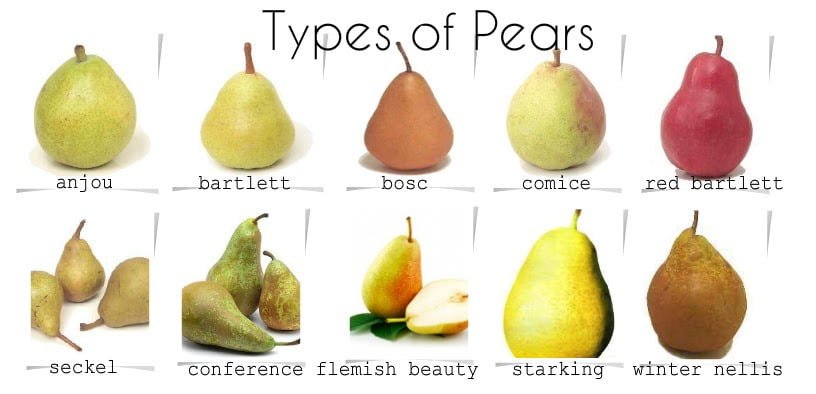Pears, a delectable fruit enjoyed by many, have a specific period of time when they reach their peak ripeness and are ready to be harvested. Understanding the ideal month to pick pears is crucial for farmers, gardeners, and fruit enthusiasts alike. In this article, you will explore the precise timing for pear picking, uncovering the secrets behind the best month to harvest this succulent fruit. Dive into the following paragraphs to discover the answer to the age-old question: What month are pears ready to pick?
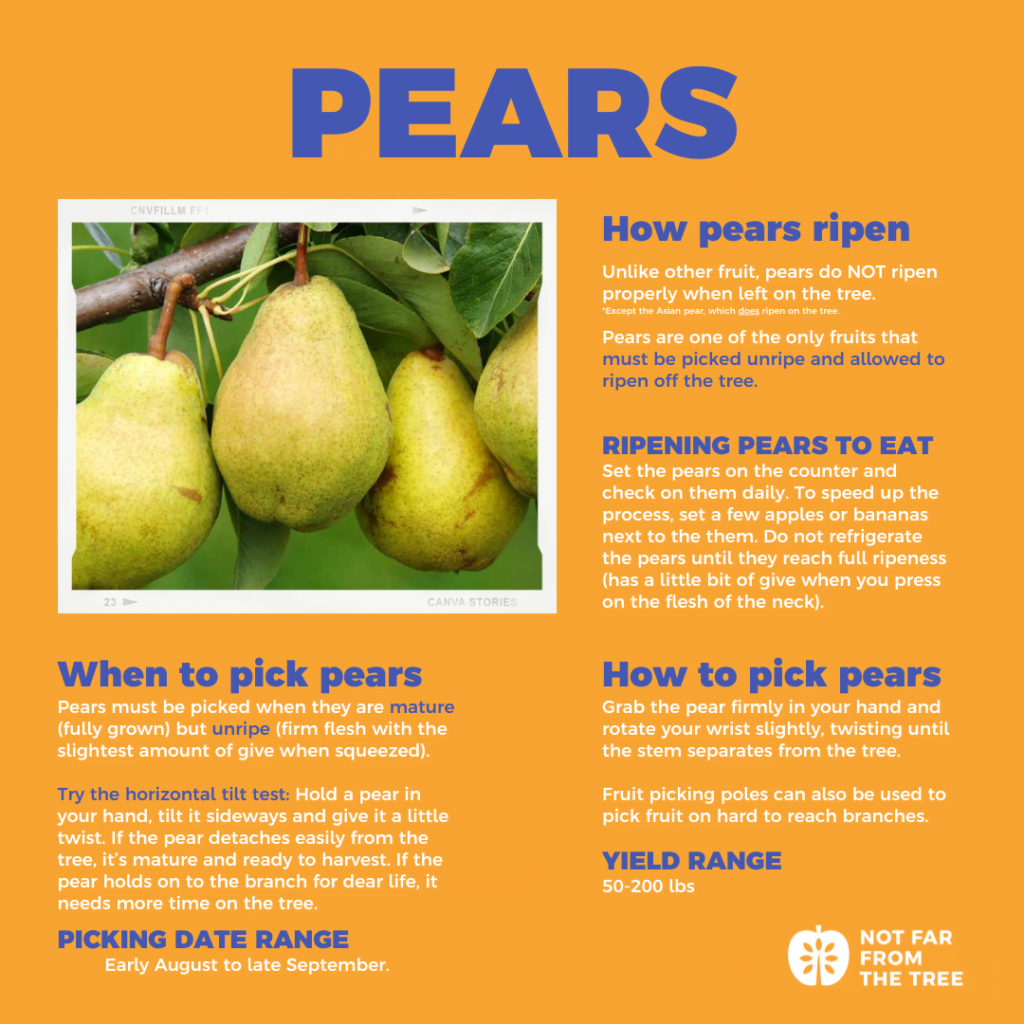
Factors Affecting Pear Ripening
Climatic Conditions
Climatic conditions play an important role in the ripening process of pears. Temperature, humidity, and sunlight exposure can significantly impact the rate at which pears ripen. Pears thrive in temperate climates, where the temperature ranges between 60°F and 75°F. Cooler temperatures delay ripening, whereas warmer temperatures accelerate the process. High humidity levels may cause pears to become overly soft or develop mold, while insufficient humidity can lead to shriveled and dry fruit. Adequate sunlight is crucial for proper fruit development and ripening.
Pear Variety
Different pear varieties have varying ripening characteristics. Some pear varieties ripen earlier in the season, while others ripen later. It is important to consider the specific variety when determining the ideal time for picking. The discernible variations in ripening times between pear varieties allow for a prolonged harvest season, ensuring a continuous supply of fresh and ripe pears.
Tree Age and Health
The age and health of the pear tree also affect the ripening of the fruit. Young trees generally produce smaller yields and take longer to ripen compared to mature trees. Additionally, trees that are well-maintained and healthy are more likely to yield high-quality fruit that ripens evenly and at the expected time. Proper care, such as regular pruning, fertilization, and disease prevention, is essential to promote optimal ripening conditions.
Fruit Thinning
Fruit thinning is a practice that involves removing excess fruit from the tree during the early stages of development. This process helps distribute the tree’s resources more efficiently, allowing the remaining fruit to develop and ripen properly. Thinning the fruit can result in larger and higher-quality pears. By thinning, you also promote proper airflow and prevent overcrowding, which reduces the risk of certain diseases and pests.
Indications of Pear Ripeness
Color Change
One of the most recognizable signs of pear ripeness is a change in color. Pears typically transition from a bright green hue to a yellow or golden tone as they ripen. However, not all pear varieties exhibit this color change. Some varieties may maintain a green color even when they are fully ripe. It is important to familiarize yourself with the specific characteristics of the pear variety you are growing to accurately determine ripeness based on color.
Fragrance
The aroma emitted by a pear can provide valuable insight into its ripeness. Ripe pears are known for their sweet and pleasant fragrance. A pear that releases little to no scent is likely not yet ripe, while an overpowering or unpleasant odor may indicate overripeness or spoilage. Gently picking up a pear and giving it a sniff can help you assess its ripeness.
Firmness Test
Performing a firmness test is a common method used to gauge the ripeness of pears. Apply gentle pressure to the fruit near the stem end using your thumb. A ripe pear will yield slightly but remain firm. If the flesh feels soft and gives with minimal pressure, it is likely overripe. Conversely, if the pear does not yield to pressure and feels hard, it is not yet ripe. Ideally, the pear should have a slight firmness that provides a crisp yet juicy texture.
Taste Test
The ultimate test of pear ripeness is, of course, the taste test. Once you have assessed the color, fragrance, and firmness, take a small bite and evaluate the flavor. A ripe pear should have a delicate sweetness and a pleasant balance of flavors. Underripe pears may taste bland or have a starchy texture, while overripe pears can become mushy and overly sweet. Trusting your taste buds is a reliable way to ensure you are harvesting pears at their peak ripeness.

Early Ripening Pear Varieties
Bartlett Pears
Bartlett pears are one of the most popular early ripening pear varieties. They are known for their distinctive bell shape and bright yellow skin. Bartlett pears tend to ripen in late summer, typically in August. They have a smooth texture and a juicy, sweet flavor that makes them excellent for both eating fresh and cooking.
Harrow Sweet Pears
Harrow Sweet pears are another early ripening variety. Similar in appearance to Bartlett pears, Harrow Sweet pears have a yellow skin with a reddish blush. They ripen around the same time as Bartlett pears, in late summer. These pears offer a firm yet tender flesh and a sweet flavor with hints of citrus. They are delicious when enjoyed fresh as well as in various culinary applications.
Clapp’s Favorite Pears
Clapp’s Favorite pears are a popular choice for early season harvesting. These pears are medium-sized with a smooth, yellow skin that often develops a red blush. They ripen in mid to late summer, usually in July. Clapp’s Favorite pears have a buttery texture and a sweet, slightly tangy flavor. Their versatility allows them to be used in salads, desserts, and canning.
Mid-Season Ripening Pear Varieties
Bosc Pears
Bosc pears are a mid-season variety that ripen in early fall, typically around September. These pears have a distinctive elongated shape and a russeted brown skin. Bosc pears are known for their firm flesh and aromatic, sweet flavor. They are frequently enjoyed fresh but also hold their shape well when baked or poached.
Comice Pears
Comice pears, also known as Christmas pears, ripen in mid to late fall, usually in October. They have a round shape with a yellow-green skin that can develop a red blush. Comice pears are incredibly juicy and have a buttery texture. Their sweetness and delicate aroma make them a beloved choice for enjoying fresh or incorporating into desserts and cheese platters.
Anjou Pears
Anjou pears are another mid-season variety that ripens in late summer to early fall, typically in September. These pears come in both green and red varieties but share the same tender and juicy flesh. Anjou pears have a mild, sweet flavor with subtle hints of citrus. They are versatile pears suitable for both fresh consumption and cooking.
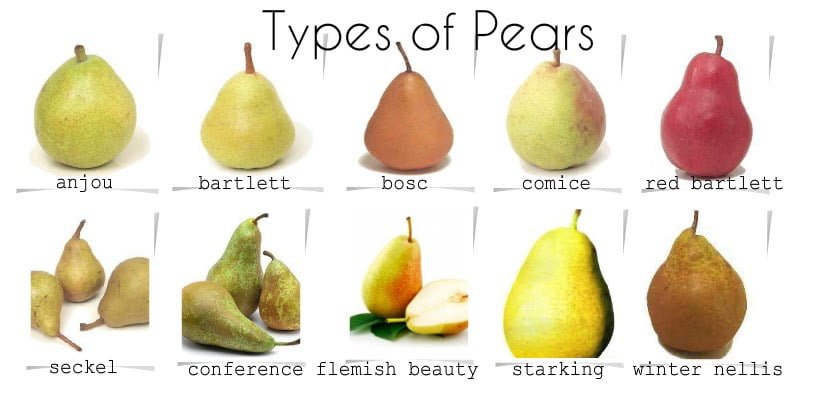
Late Season Ripening Pear Varieties
Winter Nellis Pears
Winter Nellis pears are a late-season variety that ripens in late fall and early winter, usually in November. They have a small to medium size and a yellow-green skin with russeting. Winter Nellis pears have a dense and buttery flesh that offers a rich, sweet, and slightly tart flavor. They are excellent for baking, poaching, or enjoying fresh.
Seckel Pears
Seckel pears are tiny but packed with flavor. These late-season pears ripen in early fall, usually in October. They have a distinctive reddish-brown skin with a freckled appearance. Seckel pears offer a firm yet tender, crisp flesh and an exceptionally sweet taste. Due to their petite size, they are often enjoyed as a snack, used in salads, or garnished on cheese platters.
Forelle Pears
Forelle pears are late-season pears that ripen in late summer to early fall, typically in September. These small pears have a yellow-green skin adorned with characteristic red speckles or “freckles.” Forelle pears are known for their crunchy texture and sweet, slightly tangy flavor. They make for an eye-catching addition to fruit bowls and desserts.
Different Ripening Times for Various Pear Varieties
Understanding Ripening Periods
It is important to understand the ripening periods of different pear varieties to plan your harvest accordingly. By selecting early, mid-season, and late-season varieties, you can ensure a continuous supply of ripe pears throughout the growing season. This strategic approach maximizes the availability and enjoyment of fresh, homegrown pears, while preventing bulk ripening and potential waste.
Varieties with Overlapping Ripening Periods
To ensure a consistent harvest, consider cultivating pear varieties with overlapping ripening periods. This means selecting varieties that ripen at different times but share a common timeframe, allowing for a smooth transition between varieties. By plotting a mix of early, mid-season, and late-season varieties, you can savor the flavor of fresh pears for an extended period, from summer through late fall.
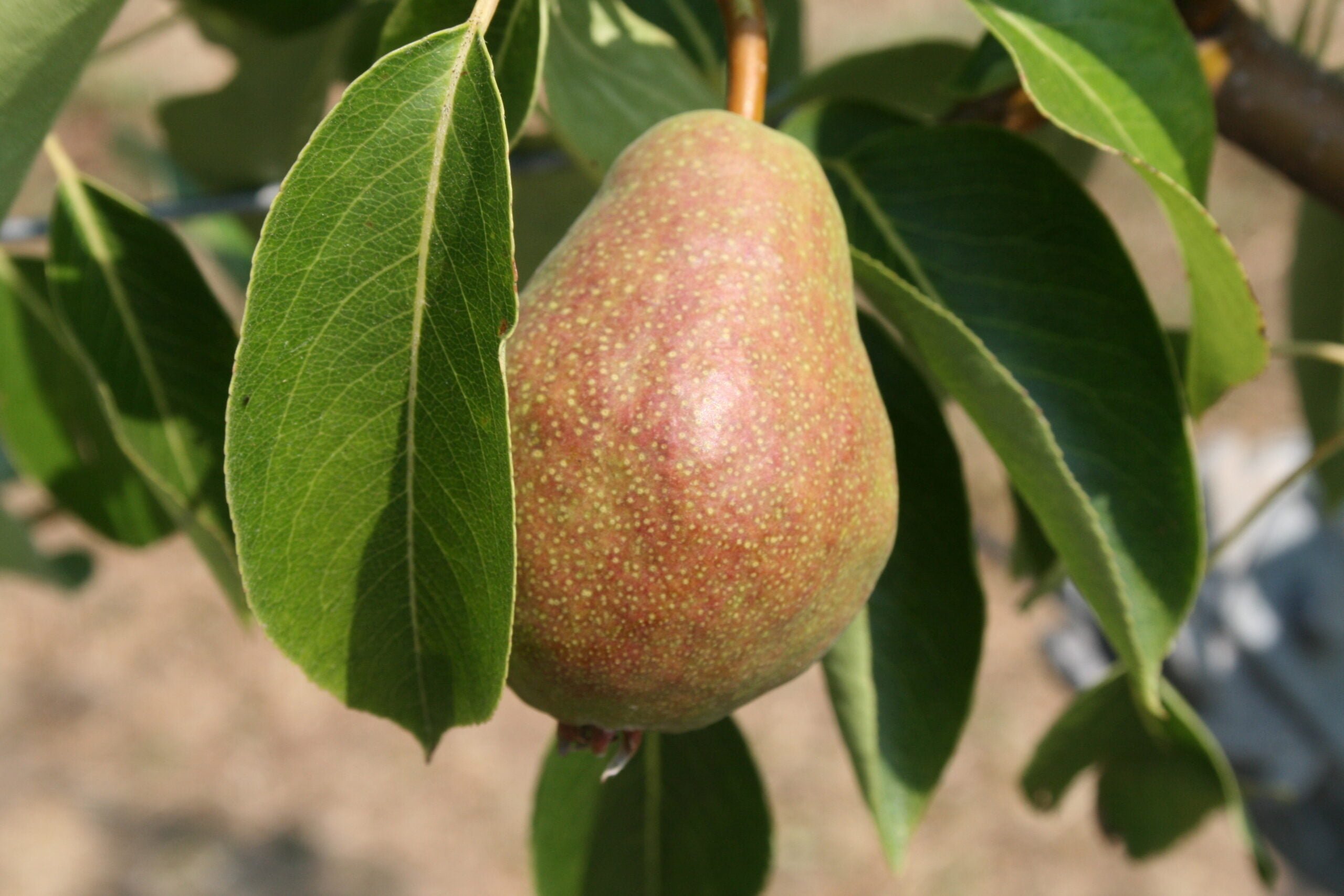
Early Ripening Times
June
June marks the beginning of the harvest season for early ripening pears in many regions. During this month, early varieties such as Clapp’s Favorite pears may be ready to pick. However, the exact ripening times can vary depending on the climate, tree health, and other factors mentioned earlier.
July
As summer progresses, the ripening season for early varieties continues into July. Pears like Bartlett and Harrow Sweet may ripen and become ready for picking during this month. It is crucial to monitor the indicators of ripeness discussed earlier to determine when each individual pear is at its peak ripeness.
Mid-Season Ripening Times
August
August signals the onset of mid-season pear ripening. Varieties such as Anjou pears and Clapp’s Favorite pears may enter their peak ripeness during this month. By carefully observing the indications of ripeness, you can identify when each pear is ready for harvest. It is essential to perform periodic checks to prevent overripening or missed picking opportunities.
September
Mid-season ripening continues into September, with varieties like Bosc and Anjou pears reaching their peak ripeness during this month. Harvesting the fruit at the right time ensures optimal taste, texture, and flavor. Paying attention to the signs of ripeness and conducting regular evaluations will help you determine precisely when to pick each pear.
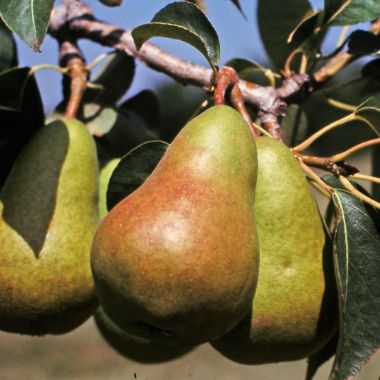
Late Season Ripening Times
October
October marks the beginning of late-season pear ripening. Pears like Seckel and Forelle may reach their peak ripeness during this month. As fall progresses, it becomes crucial to keep an eye on the changing indicators of ripeness. By doing so, you can harvest your late-season pears at their prime and enjoy their unique flavors.
November
Late-season pear ripening typically extends into November. Varieties like Winter Nellis pears may ripen and become ready for picking during this month. Patience is key during the late-stage ripening process, as the flavors of late-season pears deepen and become more pronounced over time. Regular monitoring and careful observation will ensure that you harvest them at their optimum ripeness.
Influence of Location on Pear Ripening
Northern Hemisphere
In the northern hemisphere, pear ripening generally aligns with the traditional calendar months described earlier. However, it is important to note that microclimatic differences within regions can affect the ripening times even in the same hemisphere. Factors such as altitude, proximity to bodies of water, and local weather patterns can all contribute to variations in ripening times and should be taken into account.
Southern Hemisphere
In the southern hemisphere, pear ripening occurs at the opposite time of the year, aligning with the respective seasons. While the specific ripening months may differ, the same principles and indicators of ripeness discussed earlier remain applicable. Pear growers in the southern hemisphere should refer to local resources and guidance to determine the optimal harvest times for the pear varieties they are cultivating.
In conclusion, multiple factors influence the ripening of pears, including climatic conditions, pear variety, tree age and health, and fruit thinning practices. By understanding the indications of pear ripeness, such as color change, fragrance, firmness, and taste, you can determine the optimal time to harvest your pears. Furthermore, being familiar with the ripening times of different pear varieties allows for a prolonged and continuous supply of fresh, ripe pears throughout the growing season. Finally, the ripening of pears can vary based on geographical location, with considerations for both the northern and southern hemispheres. With these insights, you can confidently manage your pear harvest and enjoy the full flavor and delight of homegrown pears.
